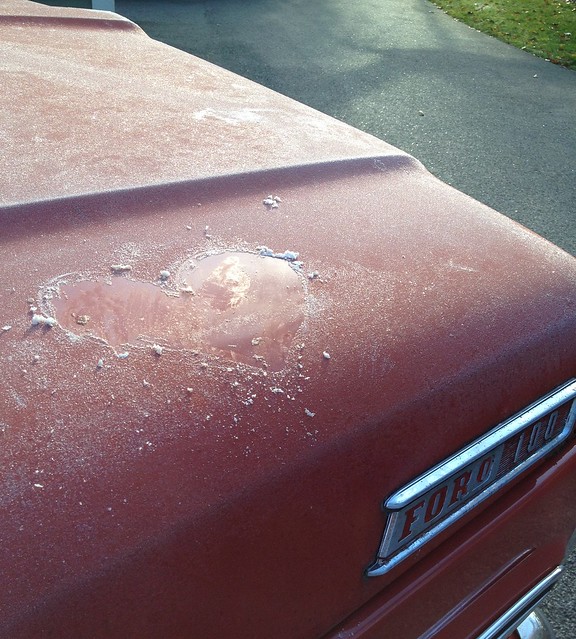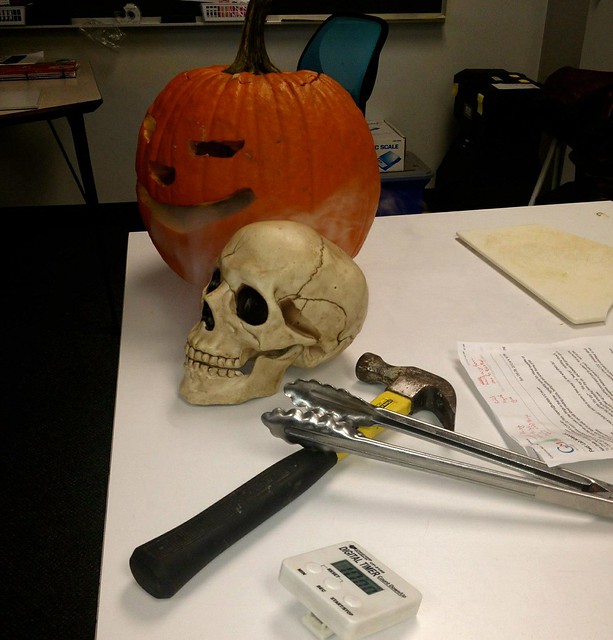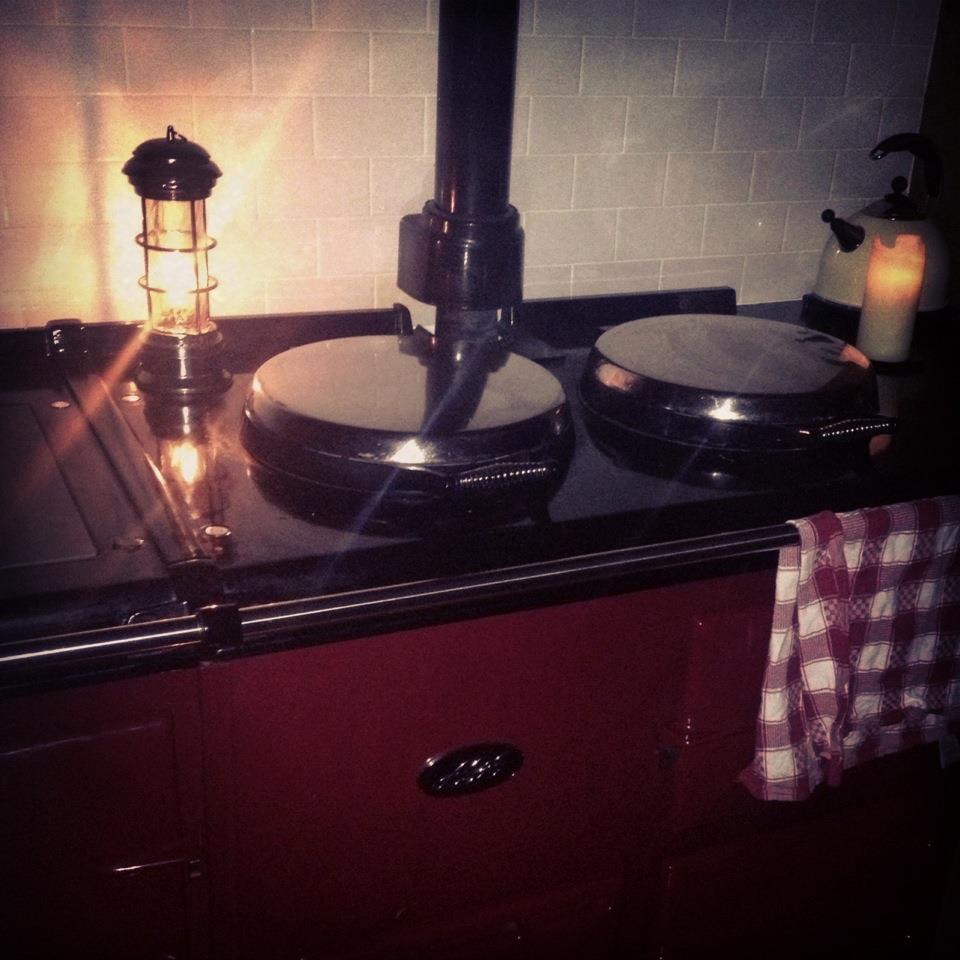Fall traditions - father/daughter slaughterhouse day
/It's that time of year.
The time of year where I send a note into the school that gets added to the Grady children's "special file".
'Dear teacher. It's the annual father/daughter slaughterhouse day.
This makes perfect sense in our world.
No intervention needed here. Move along."
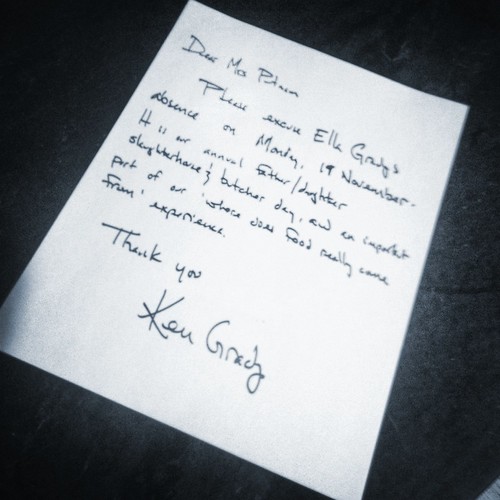
As I discovered the first time we did this, there are very few places you can have your livestock processed in Massachusetts. In fact, there's only one in the eastern half of the state. The fifth generation Blood Farm: a small family business that is kept busy mostly by hunters and smallhold farmers and specialty butchers. It's a beautiful place in its way, situated on the outskirts of Groton, MA with a history and rhythm seeped into the chill of the cold rooms and laughter of the crew working at a steady pace on whatever carcass is in front of them.
Along with the pigs and beef quarters, we saw plenty of deer hanging (it being November) - one of the butchers said that last week someone brought in an 800 pound moose, and another guy brought in a small-ish bear from someplace in Maine.
Seeing the processed carcasses hanging, waiting on the butcher's knife made us all kinds of happy. The Critter was pointing out the livers and other bits, and the different animals by their shape. She's been paying attention. Here she is trying to spot our pigs from the various carcasses in the cooler.
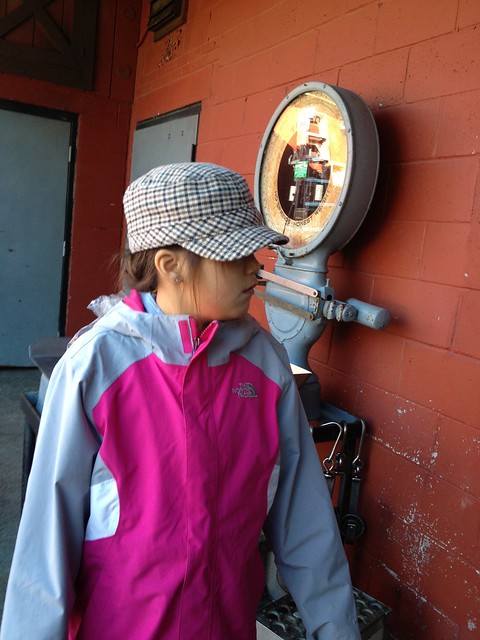
So what's the cost of taking a pig to slaughter these days?
One of our pigs was 230 pounds. The other 250. This is about average for our previous years. Good, healthy, year-old pigs (more or less. probably a little bit less than a year, actually).
The cost of slaughter was $30 for the smaller, $35 for the latter. There are additional transportation costs, and the cost of the animals themselves, of course, but the slaughter process itself was dirt cheap. Figure that the slaughter involves management of the live pig to the killing floor. The quick kill itself. Then draining, shaving, evisceration and bisecting (the pigs are always cut in half). Probably only about 15-20 minutes of actual effort in a highly efficient operation, and a couple/three hours of overall calendar time. There's the cost of overhead: disposal of the extra bits, the staff, refrigeration, inspection readiness (Departments of Health or Agriculture are frequent visitors).
Once you pay the staff, there's not a whole lot of profit going on here. It's a labor of love as much as convenience. And when you add all the costs, including butchering together, I'm still coming out a dollar or a bit more per pound cheaper than the cost of meat at the grocery store, all in. So I'm definitely ok with driving out there every year, to make sure they're still there the next year when I need them.
(if you're a little bit squeamish, feel free to skip the next picture).
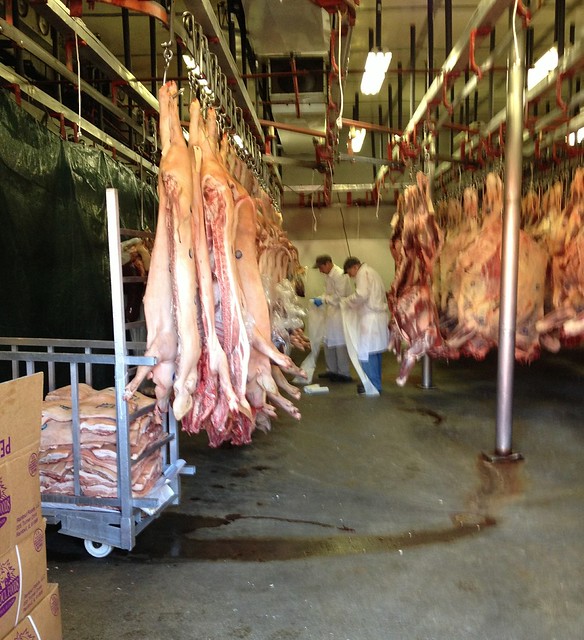
Our favorite butcher, Mike Dulock, has moved a bit further away this past year. It's a about a 45 minute drive down various highways with two pink fleshy carcasses, wrapped in plastic in the bed of my truck. (I was tempted to let a trotter stick out over the edge, just to see if I'd get a wave from folks driving by, but I contained myself.)
Mike's new shop (follow him on Twitter - @craftbutcher) is fantastic. I like it better than his old place, despite the distance. It's in the city, so it doesn't have the luxury of space that his old suburban location had, but it's set up much more intimately, with the processing area viewable to the customer and passersby. It's much more European-Olde-Worlde, much less American-sterile. And the curiosity of seeing a whole animal expertly rendered into familar parts has always drawn me in - It's why I'm so non-plussed by the grocery store butcher. And he's set it up to take best advantage of that, and really engage the customer with what they're eating, right from the time they buy it.
This is what 'farm-to-table' is all about.
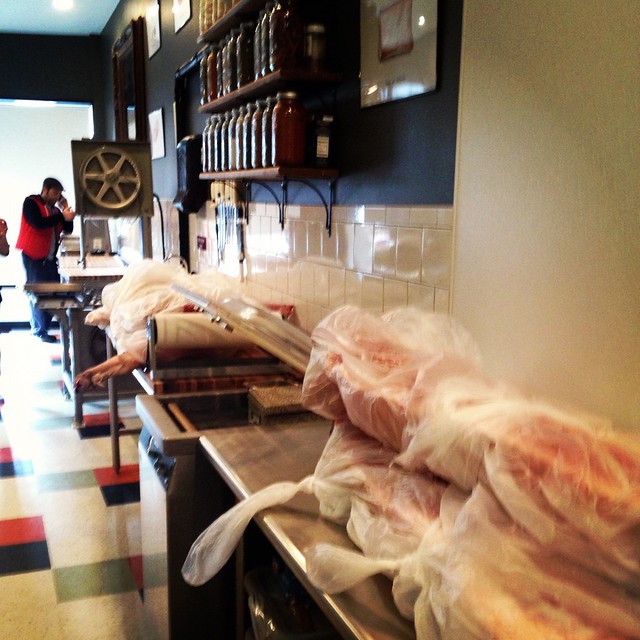
Mike's costs are a straight by-the-pound processing, and he and I spend a few minutes talking about what I want to do with the pigs. This year, that involves 3 prosciuttos (so three of the hams are allocated). All the belly will be desitined for pancetta (so no skin left on the belly), and I want plenty of back bacon of the English, non-streaky sort (which creeps down into the belly, making it a bit less wide).
We're more a fan of roasts than chops, and always need plenty of trimming for sausage. This year's "special" new goal will be to make guanciale - I've got last year's cheeks set aside as well in the freezer, which should be fine. Otherwise, I told Mike and his lovely assistant Maureene to just 'cut it however the pig speaks to you'. By now, he's got enough experience with how we like our animals that I have complete faith in the end result.
At the end of the day, the Critter and I headed home and fried up some onions and fresh sausage that Mike had on hand (different pigs). They were an English breakfast sausage style recipe, and I was thinking about having him make up a few pounds for me from our animals, to save me the trouble of casing them. (of all the parts I enjoy, that is not one of them).
We ate our sausage with toast and a little spicy mustard, and sat in companionable silence at the counter, happy with our days effort.
She left me a good morning message in the frost on my truck this morning.
I think she still enjoys our outings.
